Helpful Hints for Breast Cancer Survivors – An Occupational Therapist’s Perspective
Occupational Therapists are trained to help people with illness or disability learn how to maintain their daily lifestyle. These daily routines help us feel in control of our lives, and illness forces us to change and become more dependent on others. There are ways to modify and adapt so that we can regain a greater sense of mastery over our lives even while undergoing treatment. Remember to first check with your physician to make sure that you receive medical clearance to engage in the following activities.
Here are some suggestions:
 1. Take care of yourself by balancing work, rest, play and treatment. You may need to shift priorities and delegate responsibilities to others if able. It’s OK if the house is a little dirty.
1. Take care of yourself by balancing work, rest, play and treatment. You may need to shift priorities and delegate responsibilities to others if able. It’s OK if the house is a little dirty.
2.Fatigue is the greatest side effects suffered after cancer treatment. However, research has found that exercise during treatment can actually counter the fatigue. Exercise improves quality of life, enhances function, and gives one a sense of control. Even starting with 5 minutes of exercise a day can be beneficial. The less you do, the more fatigue you will feel.
3. If you have received a TRAM FLAP reconstruction, putting on shoes and socks may be difficult. Assistive devices such as long shoe horns or stocking aides may make the process easier.
4. Peripheral neuropathy is another side effect of chemotherapy regimens. Loss of balance and loss of sensation in the hands and feet is a concern. Take measures to reduce risk of falls by removing area rugs, clear and place non-skid mats in the bathtub, and use nightlights. Larger pens with a wider circumference or with grippers can help to hold a pen when hands are weak.
5. Calm your nerves by using techniques such as deep breathing, meditation, and yoga which assists with lymphatic flow, pain, and are great stress relievers.
6. Conserve your energy by using carts to carry items instead of making several trips to the refrigerator when cooking. Use frozen vegetables instead of fresh to avoid the work of chopping. Sit while you perform tasks. Store items that you need regularly nearby.
7. Try to use both hands as a team rather than relying just on the unaffected arm for daily tasks such as bed making, dishwashing or lifting. If you recently received surgery, it is better to slide objects if possible rather than lifting them.
8. Finger fitness is important if chemotherapy has caused weakness. Special exercises can help you to maintain or improve the dexterity and strength in your hands.
9. Short rest breaks of 5-10 minutes during every 30-40 minutes of task can help to conserve energy for more enjoyable activities.
10. Velcro is one of the greatest inventions. Find shoes that use Velcro if unable to tie shoelaces.
Naomi Aaronson is an occupational therapist and fitness instructor who specializes in breast cancer recovery and rehabilitation. Naomi believes that exercise is essential in recovery. Her mission statement includes the following, “take back your body and improve your physical and emotional health.” Visit her website, recovercisesforwellness.com


 There are 3 million breast cancer survivors in the United States today. Survivorship is considered to be from the time that one is first diagnosed to many years later. Fitness professionals are uniquely positioned to help survivors regain control over their mind and body through a well thought out, systematic and progressive exercise program.
There are 3 million breast cancer survivors in the United States today. Survivorship is considered to be from the time that one is first diagnosed to many years later. Fitness professionals are uniquely positioned to help survivors regain control over their mind and body through a well thought out, systematic and progressive exercise program.
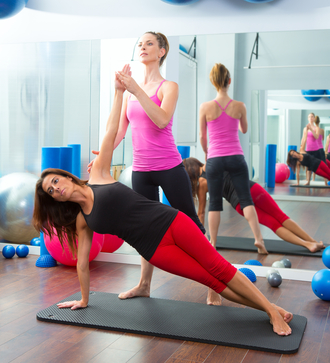
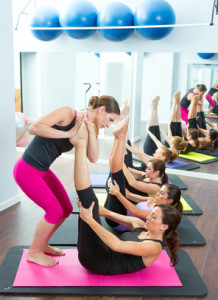 The first study on the benefits of Pilates for breast cancer survivors was completed by physical therapists in 2008 [1]. It was a pilot study with only four participants, so the conclusions we can draw from this study are limited. However, they found that Pilates increased the flexibility of the affected arm after a twelve-week program, with participants exercising three times a week.
The first study on the benefits of Pilates for breast cancer survivors was completed by physical therapists in 2008 [1]. It was a pilot study with only four participants, so the conclusions we can draw from this study are limited. However, they found that Pilates increased the flexibility of the affected arm after a twelve-week program, with participants exercising three times a week.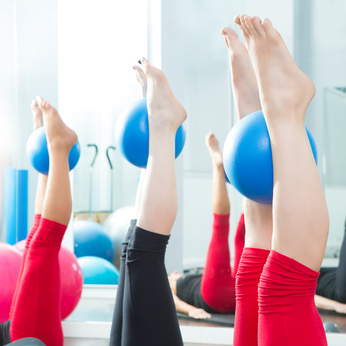
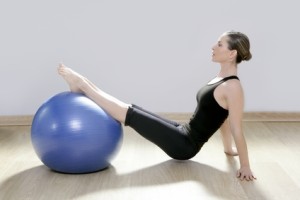 If you’ve never done Pilates before, this may sound like a lot to think about. If possible, we recommend working with someone who is trained in Pilates first to get you on the right track.
If you’ve never done Pilates before, this may sound like a lot to think about. If possible, we recommend working with someone who is trained in Pilates first to get you on the right track.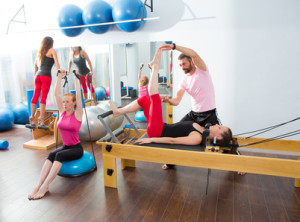 Balanced Muscle Development: Everything that is done on one side of the body must also be done on the other side. For example, if you do an exercise with your right arm, you must also do it with your left.
Balanced Muscle Development: Everything that is done on one side of the body must also be done on the other side. For example, if you do an exercise with your right arm, you must also do it with your left.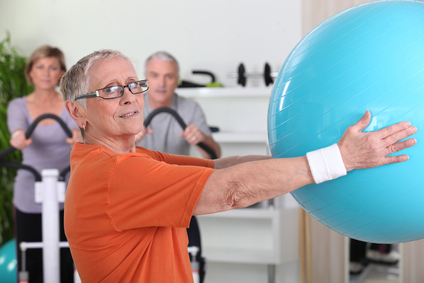
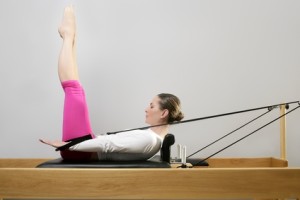 There are eight principles of Pilates: relaxation, concentration, control, centering, fluidity, precision, stamina and breathing. Joseph Pilates, who developed this movement method, believed that one must pay attention to each exercise and perform it with the utmost control to avoid injury. He believed that it is not the quantity that counts, but the quality of each repetition.
There are eight principles of Pilates: relaxation, concentration, control, centering, fluidity, precision, stamina and breathing. Joseph Pilates, who developed this movement method, believed that one must pay attention to each exercise and perform it with the utmost control to avoid injury. He believed that it is not the quantity that counts, but the quality of each repetition.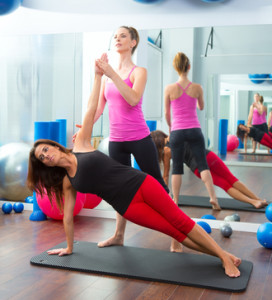 Pilates focuses on the scapula stabilizers including the rhomboids, latissmus dorsi, middle/lower trapezius and serratus anterior while performing active range of motion, which is different than a traditional rehabilitative approach. The use of imagery is often used to coordinate the mind and body, so one may be told to “place those wing bones in your back pocket.” Even some of the exercises can be done in side lying, which eliminates gravity, making the shoulder exercises easier to perform.
Pilates focuses on the scapula stabilizers including the rhomboids, latissmus dorsi, middle/lower trapezius and serratus anterior while performing active range of motion, which is different than a traditional rehabilitative approach. The use of imagery is often used to coordinate the mind and body, so one may be told to “place those wing bones in your back pocket.” Even some of the exercises can be done in side lying, which eliminates gravity, making the shoulder exercises easier to perform.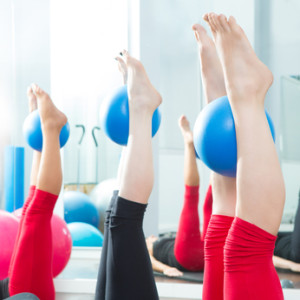 Dealing with Fatigue
Dealing with Fatigue